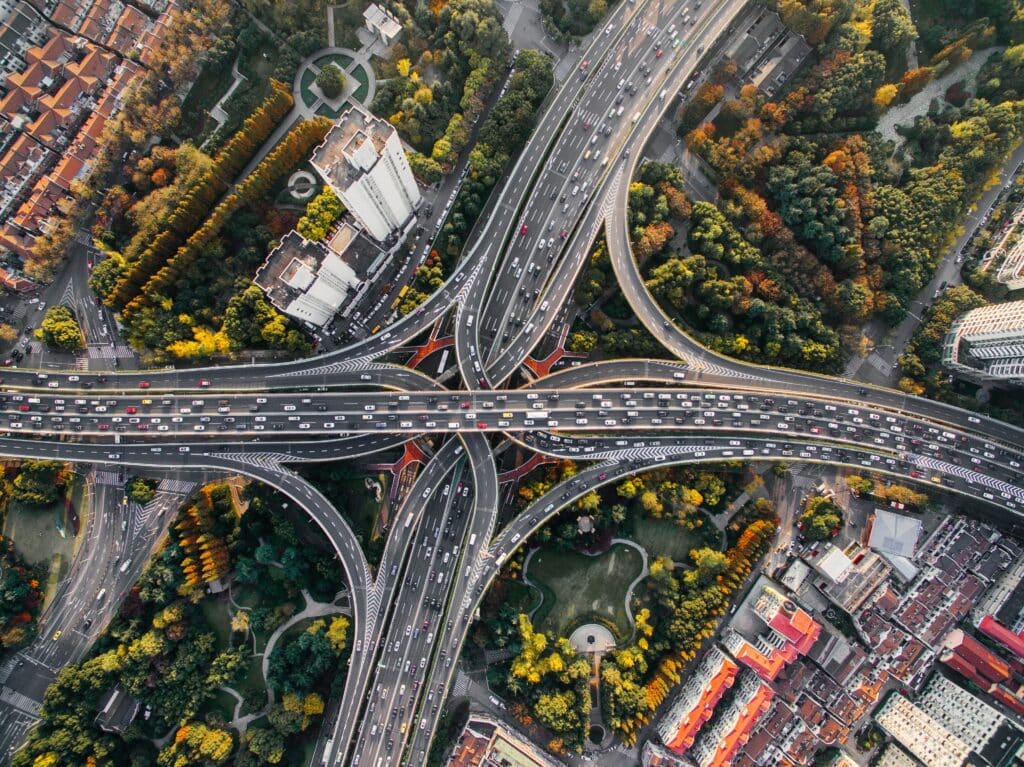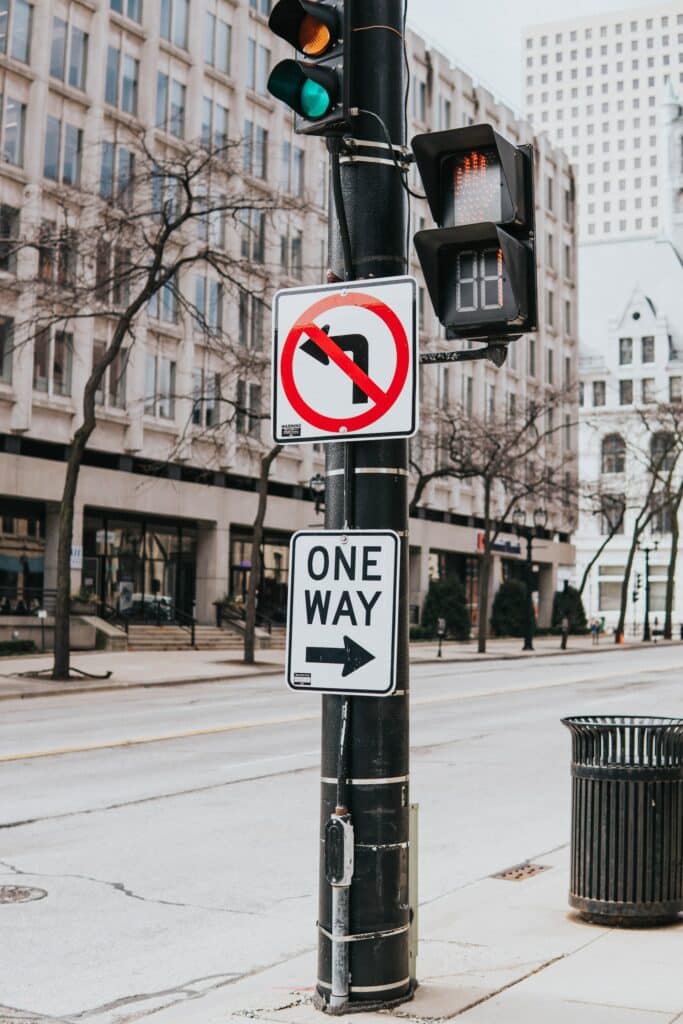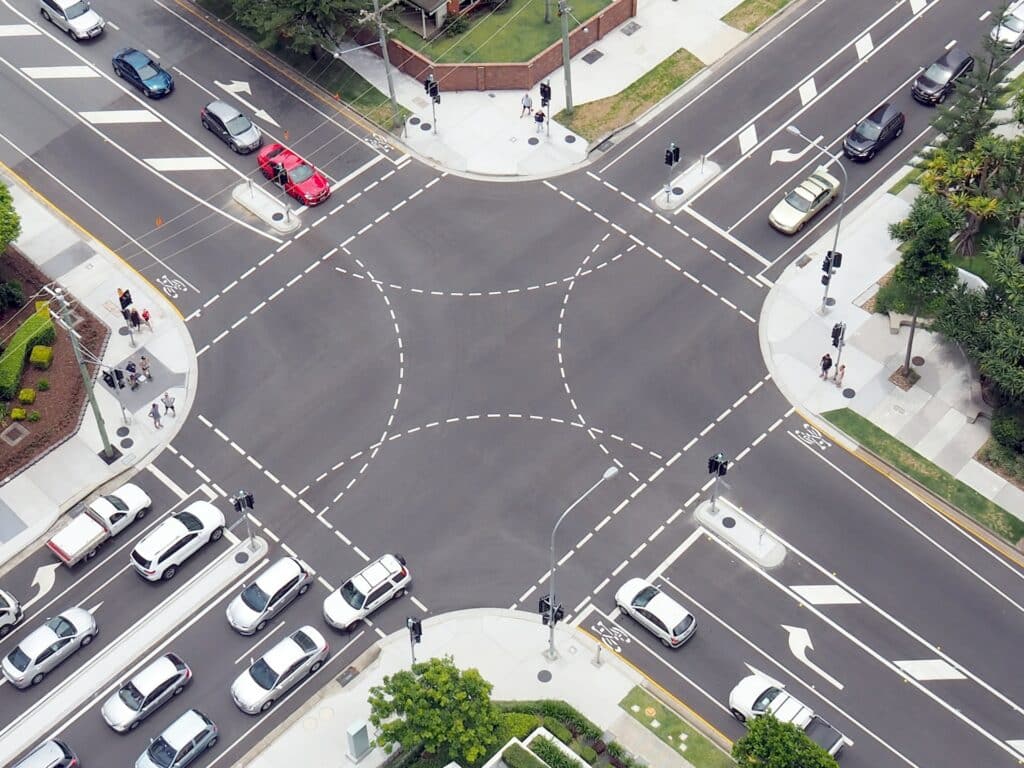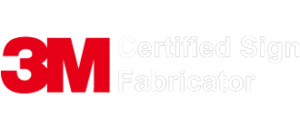
Over 200 million cars are registered and driven in the US. With so many vehicles, Americans must operate and direct these four thousand-pound machines as safely and smoothly as possible. With 50 different state departments of transportation, over 67 million Americans speaking a language other than English, and many different vehicle makes and models, standardized processes like the MUTCD are essential to efficient transportation.
But what is the MUTCD? This official traffic device guideline is essential to safe and reliable transportation across the country. Find out more about the MUTCD and how it has impacted the roads and infrastructure of every community below.
What Is the MUTCD?

The Manual on Uniform Traffic Control Devices, or MUTCD, is the official guide published and maintained by the Federal Highway Administration (FHWA) as part of the larger United States Department of Transportation (USDOT). The MUTCD has set universal traffic control device standards for the nation. The MUTCD has maintained these guidelines for road signs, highway directives, and bikeways for several decades. Their standards apply to multi-state highways, local communities, and even private roadways.
The ultimate goal of MUTCD is to improve both efficiency and safety of all ground transportation. Reducing congestion, preventing accidents, and ensuring citizens can quickly read and understand roadway instructions all fall within the MUTCD objectives. These guidelines are used by both state governments as well as private businesses to ensure universal compliance.
A Brief History
In the early 1900s, roads used to be owned and maintained privately or by local automobile clubs, meaning every road had different signage and its own unique traffic pattern. Understandably, this not only caused confusion but created dangerous roadways and a higher likelihood of accidents.
In the 1920s, a handful of states began to develop their own highway departments. In 1927, the American Association of State Highway Officials published a manual on standard traffic control devices. Shortly after, in 1930, the National Conference on Street and Highway Safety published a manual with guidance for traffic signals, pavement markings, and urban organization. Quickly, these two entities combined to create one uniform traffic committee, publishing the very first MUTCD in 1935.
The MUTCD has been updated throughout the years. Most recently, it was re-published with updates in 2009.
Common MUTCD Signs and Signals
Even after establishing the guidelines of the MUTCD, one may still be asking what is the MUTCD specifically. What are the types of signs and signals this manual affects?
The MUTCD has established guidance on all traffic signals.
Here are some of the common signs drivers see on the road that the MUTCD has mandated:
- Speed limit signs
- Stop signs
- Yield to pedestrians signs
- Do not pass signs
- Stay in lane signs
- Do not drive on shoulder signs
However, the MUTCD goes beyond setting design, color, and size standards for the signs themselves. It also contains criteria around the general use of signs. For example, the MUTCD also advises when to use words versus symbols, where to locate certain types of signs, and how to avoid excessive signs in an area.
Learn more about regulated street signs here.
Who Follows the MUTCD?
The MUTCD is used across all states in the country. Yet, while some states have adopted the MUTCD as is, other states, such as Texas and California, adhere to the MUTCD with additional state-specific requirements.
All public, government, and private businesses must adhere to the MUTCD to obtain proper permits and maintain construction licenses. All entities dealing with building and construction are well-versed in the manual and do not have to investigate what is the MUTCD. All signs and signals must be in full compliance with the MUTCD before a project can be completed.
Interwest Safety Supply

The MUTCD is critical to American infrastructure. Interwest Safety ensures every single product carefully aligns with the traffic control standards as set forth by the MUTCD. Traffic safety is our number one priority. To learn more about our equipment and supply inventory, view our online store or contact one of our experts today.






